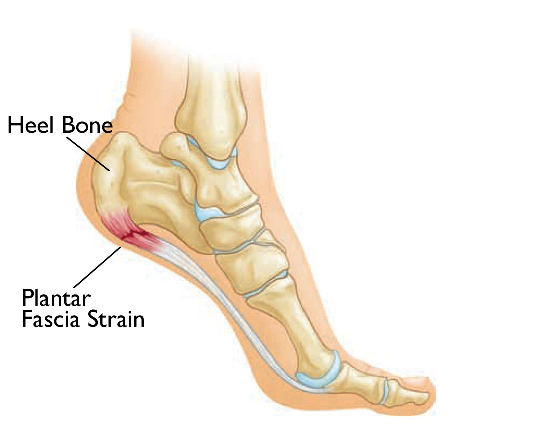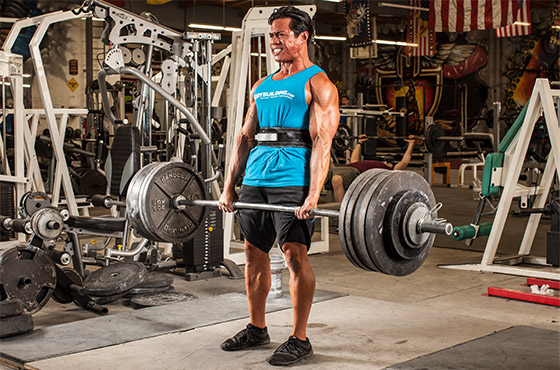How do you breath?
December 21, 2017
Foot and heel pain – do I need orthotics?
February 2, 2018Weightlifting belts- gym necessity or gym fashion statement?

If you’ve spent any amount of time in a gym lately, you’ve no doubt noticed the number weight lifting belts being used. It seems the symbol of the strong man is now being used by people for the all important bicep curls through to squats and everything else in between. And it’s pretty easy to see why, with belts in all sizes, colours and materials, who doesn’t want a bit of training equipment that leaves people wondering if you have a modelling gig after your gym session?
Maybe, however, you’ve been toiling away in the gym, struggling to hit a personal best lift and are now considering strapping on a belt to help hit that goal. Truth is, there’s much more to simply strapping on a weight lifting belt as you go about your training session.
As a general rule, the weight lifting belt is for those competing in a strength based sport (Olympic lifters, power lifters, strongmen etc.). In this domain, you are judged on your ability to move a weight, and a weight belt may assist in moving that extra bit of weight marking the difference between victory or defeat.
The key with utilising a belt is that it allows an increase in intra-abdominal pressure, and thereby an increase in spine and core stability. It is this stability that provides the foundation for force development throughout the major lifts such as bench press, squat and deadlift.
That said, the majority of training among these athletes should be done without a belt, only utilising it for lifts above 85% of their maximum lift. Over-reliance on lifting belts might also weaken the core musculature. Think of a belt like a crutch – use it too much and the muscles don’t respond because the belt is there. Used appropriately, a weight belt is a tool to assist in maximal effort, not a necessity in allowing completion of fundamental, moderately loaded movements.
All too often a weight belt is strapped on to mask deficiencies in core or midline stabilization, in relation to the upper or lower body. Many people who chose to utilize a belt for their daily gym session will explain that it helps what would otherwise be a sore back. This is great in that they have found a way to remain active seeking to maintain a level of health, however a better approach may be to scale down their exercises, completing much more targeted exercises addressing the root course of their pain rather than working around it and risking further injury.
And this is where the risk lies to athletes, both elite and recreational. Utilising a belt allows the athlete to work around deficiencies in technique, tissue quality and capacity, further increasing the discrepancy between what forces are able to be produced by muscles of the upper and lower body and that which can be tolerated by the spine and the muscles that support it. The more we rely on these belts, the less our core is required to work and so we experience a deconditioning effect despite the heavy weights and long hours in the gym. Come game day, we now have an athlete capable of producing huge amounts of force through the upper and lower body with very little capacity to support it without their lifting belt- a huge problem given they aren’t overly helpful for performance in most sporting arenas.
So should you race out and grab that lifting belt or not? If you have a chronic injury that wearing a weight belt relieves while you’re in the gym- a case can be made. However, strong consideration should be paid to the exercises of choice and their appropriateness given the injury. If you need a weight lifting belt to make the movement possible, maybe the movement isn’t right for you just yet, and more time needs to be spent on a specific area of performance.
Perhaps you’re an athlete, seeking optimal performance. Spend the time developing a balanced body that works as a functional unit, and you won’t need one for 85%-90% of your training. For the remainder, strap into a belt and give yourself that extra confidence and support you may need to hit a max lift. It’s a similar scenario for those competing in the strength arena. While these athletes will spend more time moving weight much closer to their physical maximum, efforts under 85% of their max, should be carried out without a belt, encouraging a balanced and functional whole. For the lifts above that, grab a belt, chuck some chalk on, make some noise and let those PB’s tumble.
To effectively use a belt, there’s a lot more to it than simply “pushing your abs out.” In fact, this is detrimental as it slams your lower back into extension.
Instead, put the belt on and exhale slightly, allowing the ribs to come down. Now with the ribs down, take another deep breath in – you should feel pressure to the front, sides, and back of the belt.
This is true, circumferential, core stability in all directions. You’ll not only be more stable, but move more weight as a result.


1 Comment
excellent post.. i am 38 and i am 2 time mr city in my town… i never knew these things before